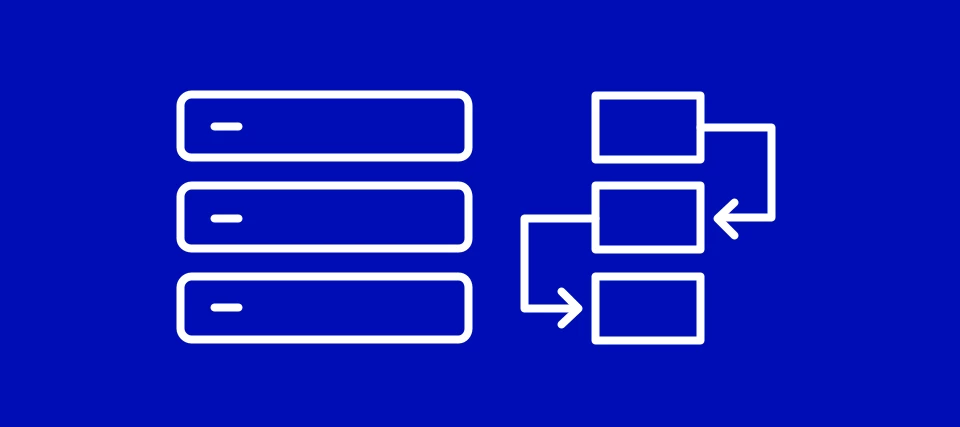Hi Benchling Community, the Schemas Team is excited to introduce Fieldsets!
Fieldsets is a new data modeling concept that allows you to improve the way you model your science using schemas in Benchling. The tool is specifically designed to help you model rich and varied scientific data relationships in the Registry. Fieldsets define the common set of structural constraints that can be applied to one or more schemas, providing you with the ability to group a set of schemas with common schema fields by defining a common Category for the group.
Before Fieldsets, you may have needed to create “wide” schemas with lots of optional fields to satisfy the needs of multiple teams that used them, or you may have needed to create “Any Entity” links so you had the option to link multiple schemas to a single entity field for lineage tracking.
With Fieldsets, you can create a single Fieldset and apply it across multiple schemas and leverage our new Category links to specify the exact set of schemas that can be linked to that field.
As a result, configuring Fieldsets in your tenant will allow you to:
- Standardize the definition of schema fields that apply across the tenant in order to drive efficiency and improved data governance
- Improve data quality by minimizing mistakes caused by “Any Entity” links by introducing Category links which allow you to create entity links for the group of schemas that apply the same Fieldset
- Enforce unique Registry IDs, naming templates, and uniqueness constraints across multiple schemas through the Fieldset
Fieldsets will be auto-enabled, and tenant admins will be able to configure them in the Registry Settings menu.
For more details, check out the how-to resources in our Help Center. We also have a new course in Benchling Learning Labs that provides the same how-to overview as well as some tips and tricks to help speed up your team’s adoption of the tool.
As you transition to using Fieldsets, we welcome any and all feedback. Our goal is to build features that save you time, improve data quality, and make governance more streamlined. Your feedback helps us ensure that we’ve been able to do that and influences how we continue to develop our features.





